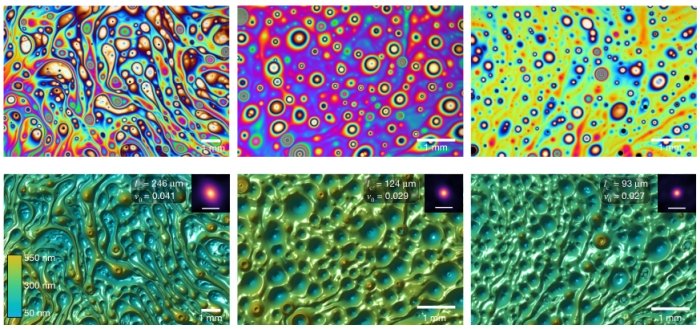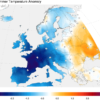Picture in your mind the delta of a river – the way the main channel splits into smaller rivulets and tributaries. Something similar occurs in waves as they propagate through a certain kind of medium: the path of the wave splits, breaking up into sma
Picture in your mind the delta of a river – the way the main channel splits into smaller rivulets and tributaries. Something similar occurs in waves as they propagate through a certain kind of medium: the path of the wave splits, breaking up into smaller channels like the branches of a tree.
This is called a branching flow, and it’s been observed in such phenomena as the flow of electrons (electric current), ocean waves, and sound waves. Now, for the first time, physicists have observed it in visible light – and all it took was a laser and a soap bubble.
Depending on the structure of the medium, different things can happen to waves travelling through; they can attenuate, disperse, bend, spread, or continue flowing.
For branching flow, a few properties are required. The structure of the medium has to be random, and the spatial variations in the structure need to be larger than the wavelength of the flow. It also has to vary smoothly.
If all these conditions are met, small perturbations and fluctuations in the structure can scatter the flow, causing it to split.
Thickness variations in a soap membrane. (Patsyk et al., Nature, 2020)
Although this behaviour is ubiquitous to waves, observing it in light has proven challenging. That is, until a team of physicists from the Technion-Israel Institute of Technology in Israel and the University of Central Florida thought of using a soap bubble as the medium.
A soap membrane consists of…



